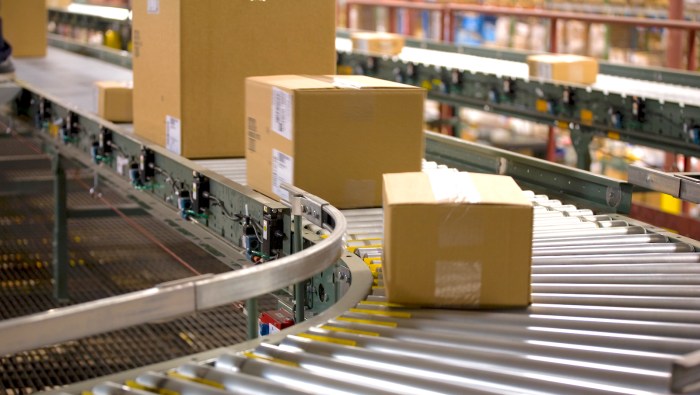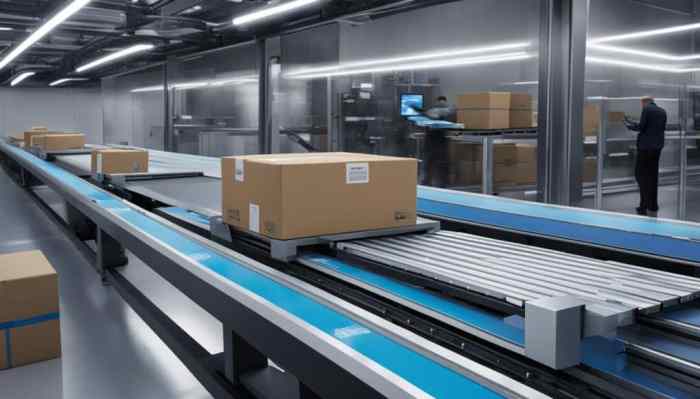Potential Challenges and Solutions in Auto Shipping

Auto shipping, while convenient, presents several potential challenges that can impact the overall experience. Understanding these challenges and implementing preventative measures is crucial for a smooth and stress-free transport of your vehicle. This section will Artikel common issues and provide practical solutions to mitigate risks.
Delays in Auto Shipping
Delays can occur due to various factors, including unforeseen weather conditions, logistical bottlenecks at ports or terminals, mechanical issues with the carrier vehicle, and unexpected administrative hurdles. These delays can cause significant inconvenience, particularly if you have a tight schedule for your vehicle’s arrival. To minimize delays, thorough planning is key. Choosing a reputable shipping company with a proven track record of on-time delivery is paramount.
Closely monitoring the shipment’s progress through tracking systems and maintaining open communication with the shipping company can also help identify and address potential delays proactively. Consider flexible scheduling to account for possible delays, and ensure all necessary paperwork is completed and submitted well in advance.
Damage to Vehicles During Shipping
Vehicle damage during transport is a serious concern. This can range from minor scratches and dents to more substantial damage to the vehicle’s body, interior, or mechanical components. Causes can include improper loading and securing of the vehicle, accidents during transit, and exposure to harsh weather conditions. To mitigate this risk, selecting a carrier with a strong safety record and insurance coverage is vital.
Thoroughly inspecting your vehicle before and after shipment, documenting any pre-existing damage, and taking detailed photos are essential for claims purposes. Consider purchasing additional insurance coverage to protect against potential losses. Requesting enclosed transport for more vulnerable vehicles can offer additional protection against weather and road debris.
Communication Issues with Auto Shipping Companies
Poor communication can lead to frustration and uncertainty throughout the shipping process. This can include a lack of timely updates, difficulties reaching customer service representatives, and unclear information regarding the shipment’s status and potential delays. To improve communication, choose a company known for its responsive and transparent communication practices. Utilize various communication channels, such as email, phone, and online tracking systems, to stay informed.
Clearly outlining your expectations regarding communication frequency and methods at the outset can help ensure a more seamless experience.
| Challenge | Potential Causes | Suggested Solutions |
|---|---|---|
| Delays | Weather, logistical bottlenecks, mechanical issues, administrative hurdles | Choose reputable shipper, monitor progress, maintain open communication, flexible scheduling, complete paperwork in advance |
| Damage | Improper loading, accidents, harsh weather | Select carrier with strong safety record and insurance, inspect vehicle thoroughly, document pre-existing damage, consider additional insurance, enclosed transport |
| Communication Issues | Lack of timely updates, unresponsive customer service, unclear information | Choose company with transparent communication, utilize various communication channels, clearly Artikel expectations |
Future Trends in Auto Shipping

The auto shipping industry is undergoing a significant transformation, driven by technological advancements and evolving customer expectations. Automation, data analytics, and enhanced tracking systems are reshaping the landscape, promising greater efficiency, cost savings, and improved safety for both shippers and carriers. This section explores these emerging trends and their projected impact on the future of auto transport.The integration of technology is streamlining operations and improving the overall customer experience.
This includes everything from initial booking and scheduling to real-time tracking and final delivery.
Automation in Auto Shipping
Automation is poised to revolutionize various aspects of auto shipping. Robotic systems are being developed for tasks such as loading and unloading vehicles onto carriers, significantly reducing the time and labor costs associated with these processes. Automated guided vehicles (AGVs) are also gaining traction in large-scale auto shipping facilities, optimizing the movement of vehicles within these spaces. Furthermore, autonomous trucking is on the horizon, promising to further reduce transportation costs and improve efficiency by eliminating driver fatigue and related safety concerns.
For example, companies like TuSimple are already testing self-driving trucks on designated routes, paving the way for wider adoption in the future. While fully autonomous trucking is still some years away, the gradual integration of autonomous features, such as advanced driver-assistance systems (ADAS), is already enhancing safety and operational efficiency.
Improved Tracking and Data Analytics
Real-time tracking and advanced data analytics are enhancing transparency and accountability in auto shipping. GPS tracking devices provide continuous updates on the location and status of vehicles, allowing shippers and carriers to monitor shipments throughout their journey. This improved visibility minimizes delays, enhances security, and improves customer satisfaction. Data analytics tools process this location data along with other relevant information (weather, traffic conditions, etc.) to optimize routes, predict potential delays, and proactively address any issues.
This data-driven approach helps carriers optimize their fleet management, reducing fuel consumption and improving overall operational efficiency. For instance, a company might use predictive analytics to identify potential bottlenecks on specific routes during peak hours, allowing them to reroute shipments and avoid delays.
Enhanced Safety Measures
The integration of technology is also improving safety in auto shipping. Advanced driver-assistance systems (ADAS) in transport vehicles, such as lane departure warnings, automatic emergency braking, and adaptive cruise control, reduce the risk of accidents. Furthermore, improved real-time tracking allows for immediate responses to emergencies, such as vehicle breakdowns or security breaches. The use of telematics systems also provides valuable data on driver behavior, enabling companies to identify and address potential safety risks proactively.
This might involve providing additional training to drivers who exhibit risky driving patterns, thereby contributing to a safer overall operation.